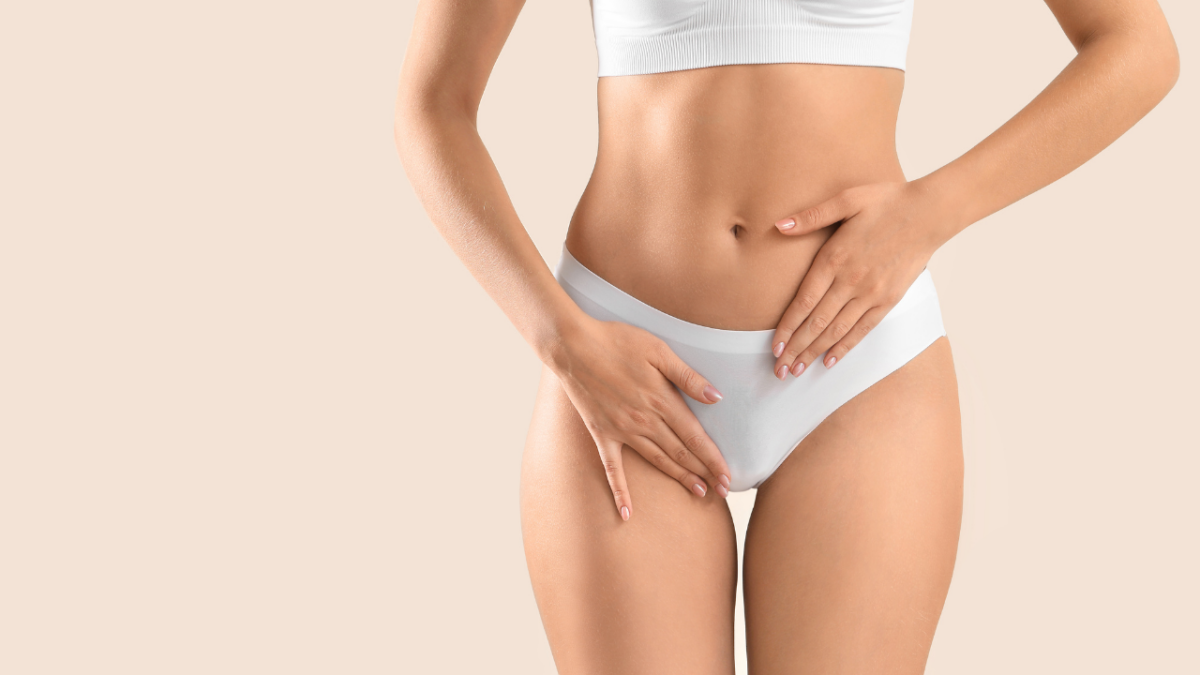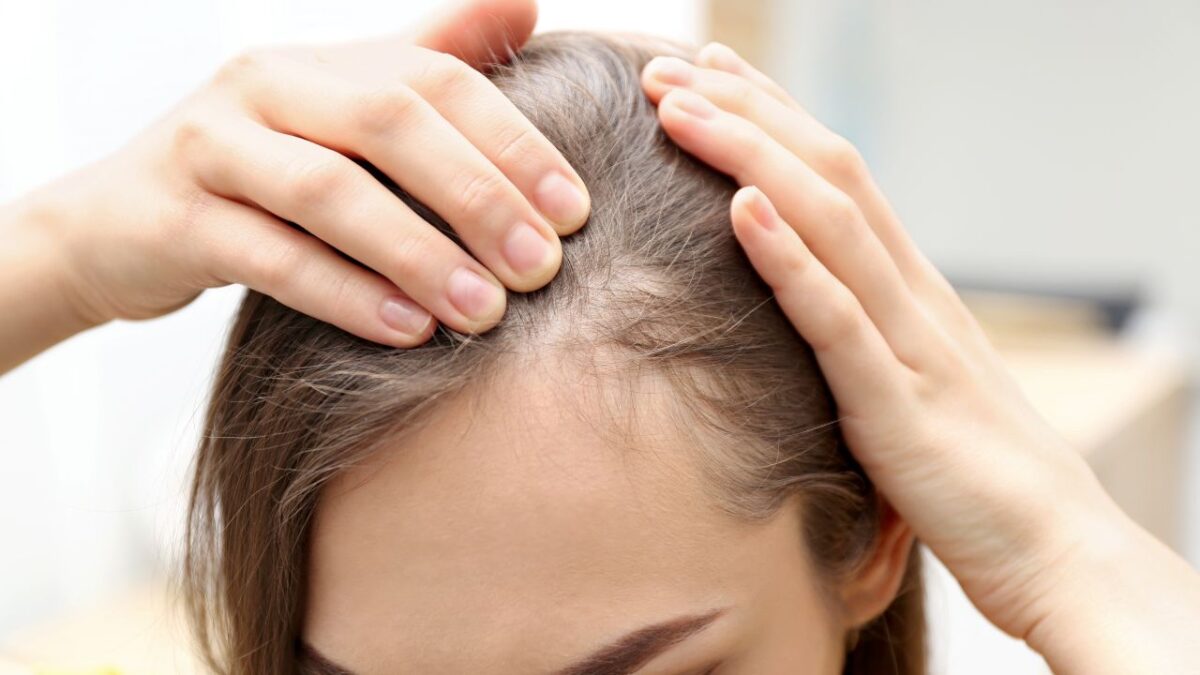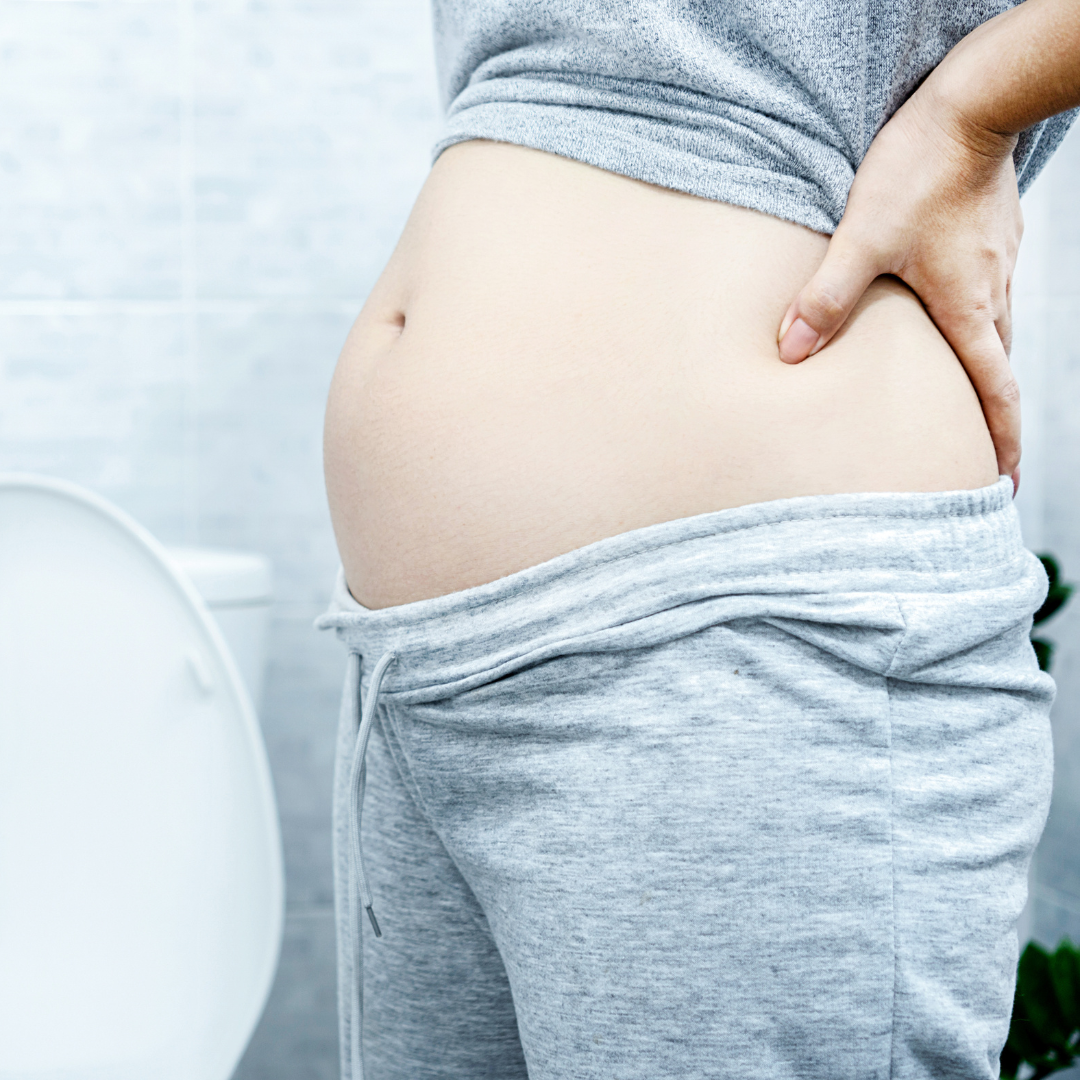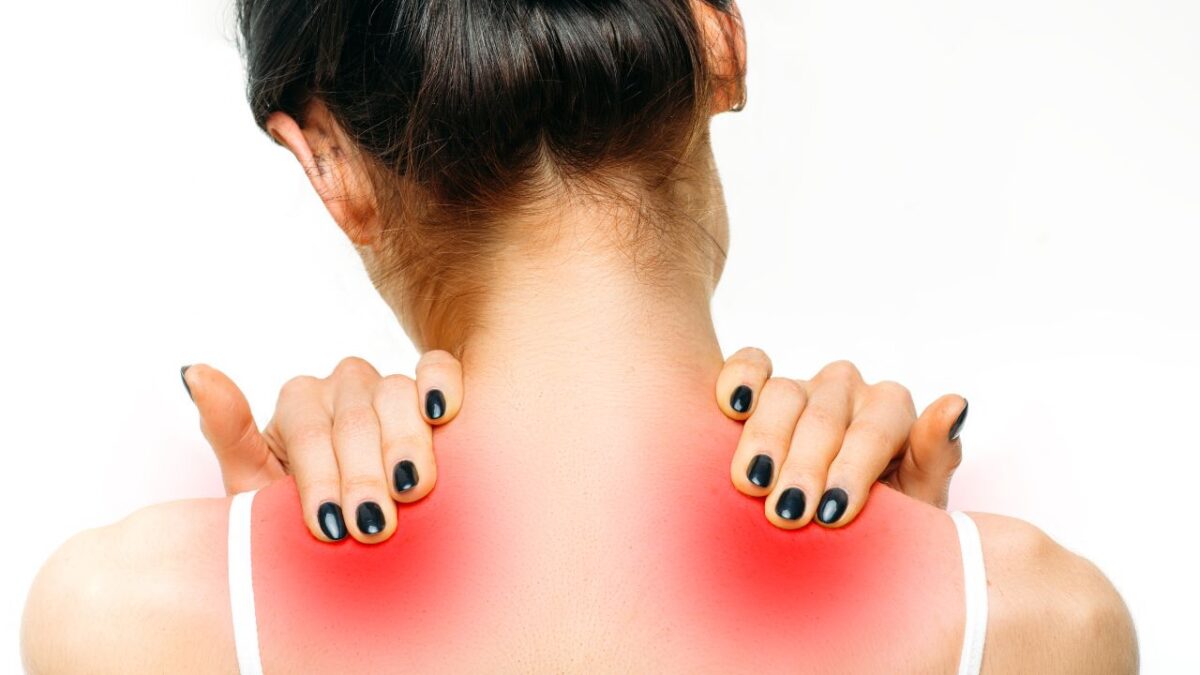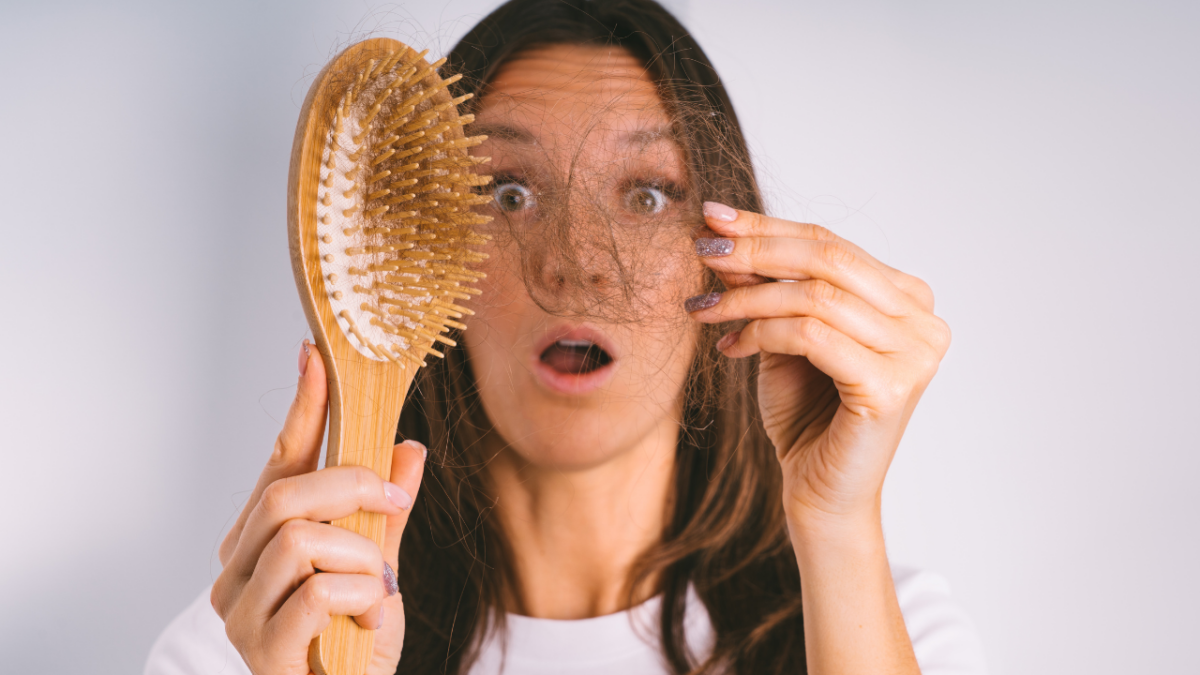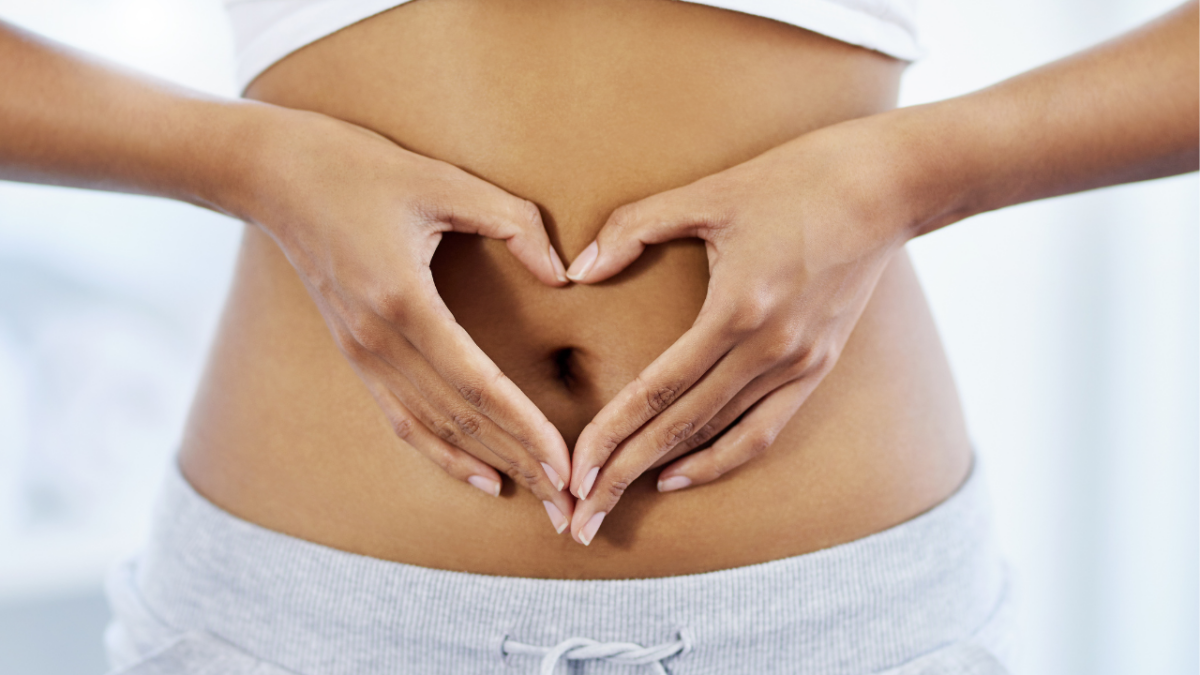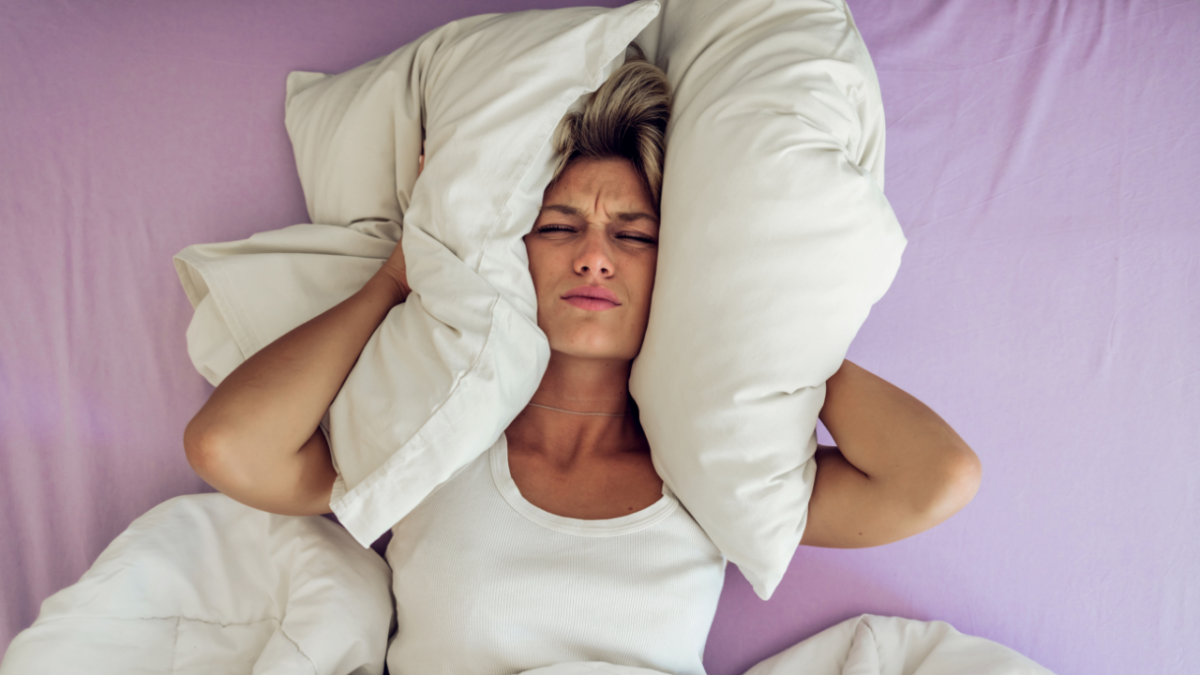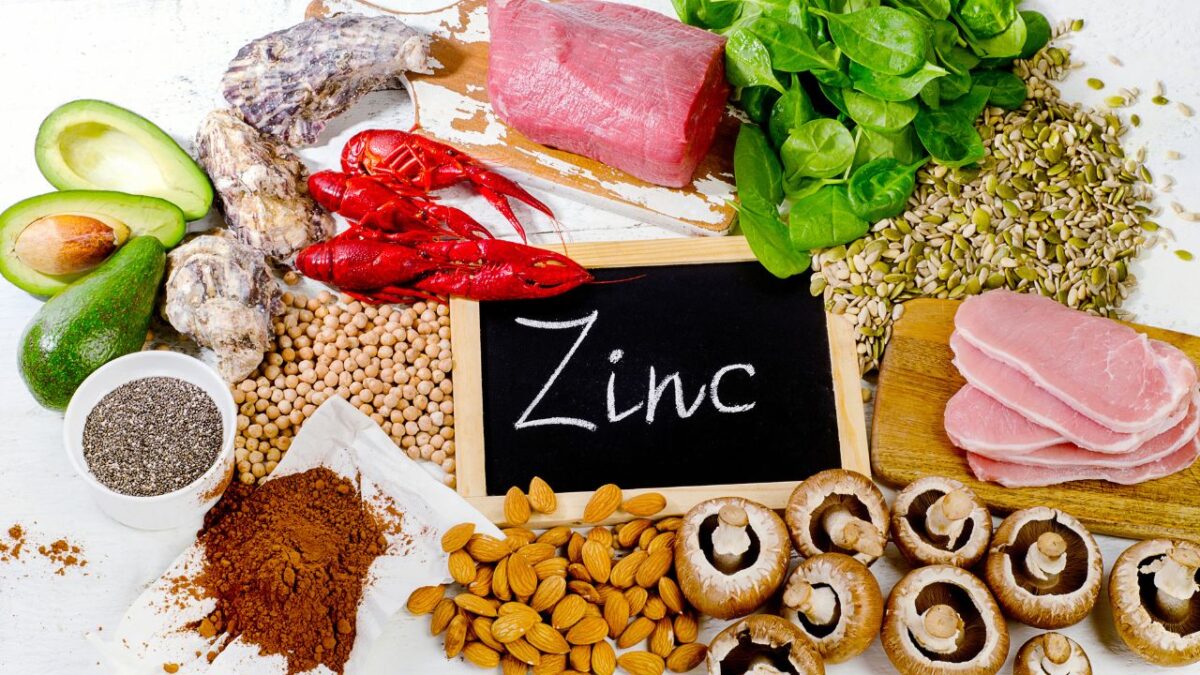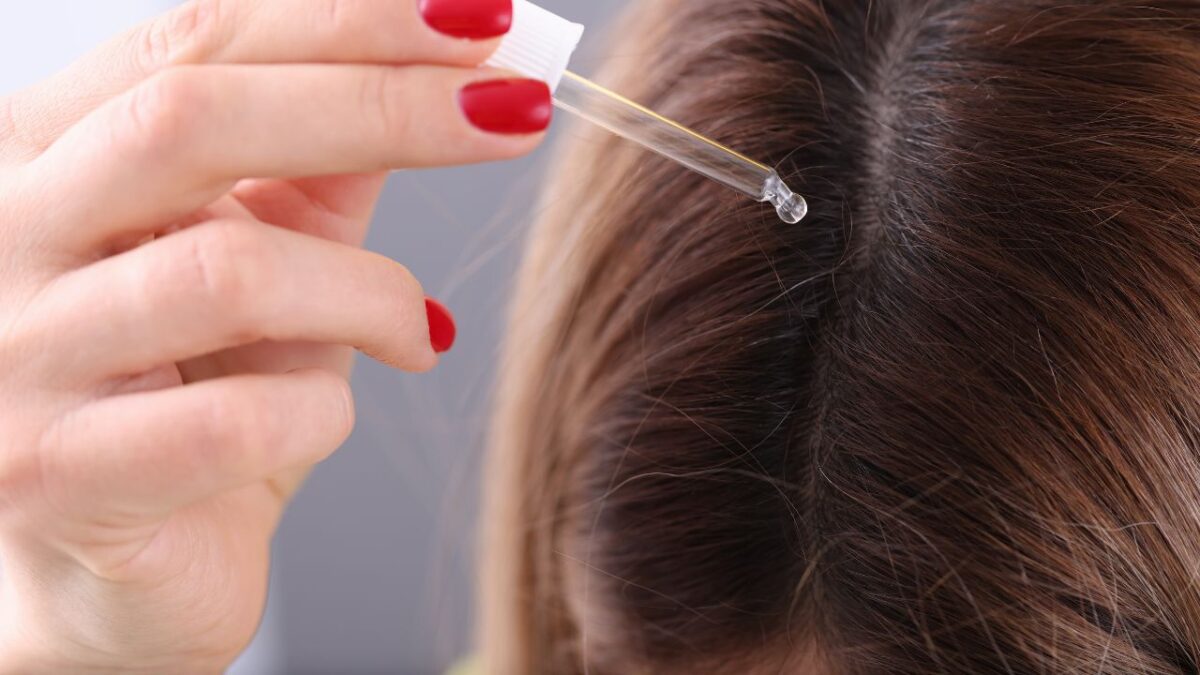Hair thinning is a common concern for many women, especially during perimenopause and menopause. Hormonal changes—primarily a drop in estrogen and progesterone—can trigger hair fall and leave strands looking dull and thin. But don’t worry: Mother Nature has a few tricks up her sleeve! Several natural oils are scientifically proven to promote hair growth, reduce breakage, and keep your scalp healthy. Here’s a guide to the top-performing oils that you can incorporate into your hair care routine to combat thinning and reclaim thicker locks.
1. Rosemary Oil: Nature’s DHT Blocker
One of the more popular hair oils is rosemary oil due to its claimed blood flow stimulation on the scalp, and it supposedly blocks dihydrotestosterone (DHT) – a hormone that causes male pattern baldness. Rosemary oil (at least in one small 2015 study) was as effective at encouraging hair growth as minoxidil, aka Rogaine, with fewer side effects like scalp irritation. More recently, research from 2022 showed that rosemary oil worked as well as Minoxidil, a popular hair growth medication, within just six weeks.
Beyond promoting hair growth, rosemary oil has antibacterial properties. A 2017 study suggests it may help clear scalp infections, which can contribute to hair loss. However, it’s important to consult a healthcare provider if an infection is involved.
While rosemary oil might enhance traditional treatments, no studies confirm this yet. If you’re using medications like Minoxidil, check with your doctor before adding rosemary oil to your routine.
How to Use:
- Mix 3-4 drops of rosemary essential oil with a carrier oil (like coconut oil) and massage it into your scalp twice a week.
- Leave it on for 30 minutes before washing it out with a mild shampoo.
2. Castor Oil: Packed with Growth-Promoting Nutrients
Castor oil provides a natural boost to your hair care routine and helps it lock in moisture while feeding your scalp. The reason is that because the oil contains high levels of ricinoleic acid, it helps seal your hair’s natural oils into itself, giving it a shining appearance with fewer chances for split ends or breakage. Its antibacterial, antifungal, and anti-inflammatory properties also make it good for protecting the scalp from infections and irritation, that is perfect for healthy hair growth. Besides, antioxidants in castor oil might reduce oxidative stress, a factor to hair loss; however, more research has to be done to support this evidence.
Though there is no scientific evidence that proves castor oil stimulates hair growth directly, it has been used for ages by various cultures, including the people of Ancient Egypt and East Africa, to improve the quality and moisture of the hair. It can be safely applied to the scalp if mixed with a light oil such as coconut oil so that there is no risk of buildup and tangling. Just be sure to test a small amount on your skin first to avoid irritation.
How to Use:
- Warm the castor oil slightly, then apply it directly to the scalp and hair roots.
- Leave it on overnight for maximum absorption, then wash it out in the morning.
Note: For fine or straight hair, once a week is usually enough. For curly or coily hair that needs moisture, 2-3 applications per week are even more beneficial. If you are experiencing persistent hair loss, it is smart to consult with a healthcare provider to rule out any underlying conditions.
3. Pumpkin Seed Oil: Scientifically Proven to Reduce Hair Fall
Pumpkin seed oil shows potential for helping with hair loss, earning a solid rating for effectiveness—just a step below medications that undergo the most rigorous research. Some studies suggest it can support hair health without serious side effects, mainly by reducing DHT, a hormone linked to hair loss. This can be especially helpful for those going through menopause, when dropping estrogen and rising testosterone levels can slow hair growth or cause thinning. That said, it’s not a quick fix—you might need to stick with it for six months to a year to see real results.
Another study found some encouraging results for people using pumpkin seed oil to treat hair thinning. After the treatment, participants had fewer of those fine, baby-like hairs (vellus hairs) and saw more consistency in the thickness of their strands, suggesting overall healthier hair. There was also a noticeable increase in the growth of new, strong hairs. Interestingly, the group using minoxidil—a popular hair growth treatment—showed similar improvements. These findings suggest that pumpkin seed oil could be a helpful, natural option for women dealing with thinning hair or female pattern hair loss.
And since hair loss can come from a variety of causes, like scalp issues, diet, or medications, it’s important to figure out what’s really behind it. Supplements aren’t regulated the same way as medications, so their effectiveness can vary. Instead of relying on pumpkin seed oil alone, it’s a good idea to talk to a dermatologist, who can help you get to the root of the problem and recommend treatments that actually work. After all, just like a garden needs water to grow, your hair needs the right care and treatments to thrive.
How to Use:
- Massage pumpkin seed oil into the scalp 2-3 times a week for 10 minutes.
- You can also take pumpkin seed oil capsules, but consult your doctor first.
4. Argan Oil: The Scalp Soother and Hair Repairer
Argan oil also offers several benefits to the hair and scalp. Given that it is rich in essential fatty acids, comprising oleic and linoleic acid, along with vitamin E, it plays the role of a natural moisturizer, which locks the moisture into your hair. It reduces frizz while adding shine to your locks. It also contributes toward scalp health, given the anti-inflammatory properties, for people suffering from psoriasis, seborrheic dermatitis, or even dandruff. Also protects the hair from damage because of heating, washing, and coloration, helping it reduce breakage and split ends, making hair healthier and fuller.
This oil contains antioxidants that offer protection from sun damage so that your hair does not become dry and brittle. Although the number of scientific studies that clearly relate to argan oil preventing hair loss is fairly small, the overall strengthening and reduction in shedding from its use can lead to fuller, healthier-looking hair over the long term.
How to Use:
- Apply a few drops of argan oil to damp hair after washing to lock in moisture.
- Use as a leave-in conditioner or mix with shampoo for added nourishment.
5. Coconut Oil: Strengthen and Protect Weak Strands
Coconut oil helps keep hair healthy by reducing protein loss and has research backing it. It is also better applied before or after washing than any other oils because of deep penetration into the hair shaft, owing to high lauric acid content. Other oils, such as sunflower oil, prefer to sit on the surface and are not absorbed well. Applying coconut oil to the hair before the shampooing process prevents much of the water from getting inside the hair, which ultimately damages it more. It makes the hair appear as if it is smooth and silky, soft, not tangled, and reduces tangling, thereby reducing the breakage of hair once it is styled. Coconut oil also provides some environmental protection against exposure to the sun, among other things, and its antimicrobial properties can help alleviate dandruff problems. The oil has even been proven to be more effective than some chemical-based treatments for lice. It does not cause hair growth directly, but it does keep hair in better shape, making it easier to grow longer as it reduces breakage and damage.
Okay, but a little does go a long way-there’s such a thing as too much coconut oil, especially for fine or thin hair.
Start with small amounts and apply the treatment to the mid-lengths and ends rather than applying it to the scalp. Those with thicker hair will find they need more of the treatment, whereas those with finer hair might avoid applying the treatment at all to their roots. Coconut oil is a conditioner, pre-wash treatment, scalp massage, or overnight hair mask used for keeping hair soft, shiny, and manageable. Either refined or unrefined coconut oil will do the trick in keeping your hair moisturized and healthy.
How to Use:
- Use it as a pre-shampoo treatment by massaging it into your scalp and hair for 30 minutes.
- Wash thoroughly with a mild shampoo to avoid greasiness.
6. Jojoba Oil: A Scalp Hydrator That Mimics Natural Oils
As with any oil, jojoba oil makes an excellent adjunct to your hair care practice because it closely resembles natural oils or sebum made by your scalp. Since your skin is used to this natural oil, you can apply it easily into the hair without clogging your pores and leaving a grease residue behind. Due to the lightness and non-clog nature, it is extremely good for people with sensitivities or those who create heavy buildup on their scalp when using more oily products.
Keeping your scalp hydrated with jojoba oil can be the best way to keep the environment healthy for hair growth. A hydrated scalp ensures that hair follicles are nourished and active, which may minimize the chance of excessive shedding. Dryness or irritation may lead to inflammation, thus causing itchiness or blocked follicles that can slow down hair growth. The soothing properties of jojoba oil reduce inflammation of irritation, but this can also ease the flakiness or mild scalp condition that hampers healthy hair production. With constant use, jojoba oil also smoothes the hair texture, thus making the strands softer and smoother to handle. The reason for this is because it is close to your natural scalp oil, so this works on all hair textures from fine to coarse hair types without weighing the hair down. As a scalp treatment or mixed with other oils as a leave-in conditioner, the jojoba oil maintains stronger and healthier hair in a balanced and comfortable way for the scalp.
How to Use:
- Apply jojoba oil directly to the scalp, leave it for 20 minutes, then rinse.
- Use it as part of your weekly hair care routine to maintain scalp health.
Additional Tips to Maximize Results
- Combine oils for better results: Many people find success by creating a blend of oils. For example, mixing rosemary, castor, and coconut oil can offer a comprehensive approach to stimulate hair growth and reduce shedding.
- Scalp massages: Incorporate a 5-10 minute scalp massage while applying the oils to improve blood circulation.
- Consistency is key: Natural treatments require time to show results. Stick to your oil routine for at least 3-6 months to see noticeable improvements.
- Maintain a healthy diet: Ensure you’re eating enough protein, iron, and omega-3 fatty acids to support healthy hair from within.
The Takeaway
If you’re experiencing thinning hair during perimenopause or menopause, natural oils can be a gentle yet powerful solution to restore your hair’s thickness and health. Backed by science, oils like rosemary, castor, pumpkin seed, and coconut oil can nourish your scalp, stimulate growth, and minimize breakage—helping you feel confident and beautiful in every stage of life.




